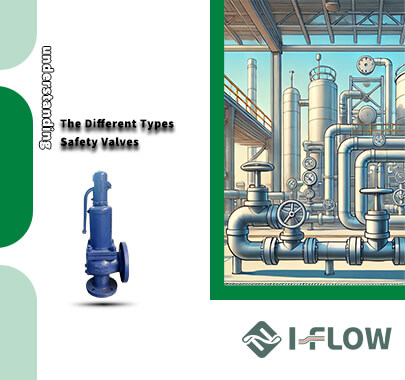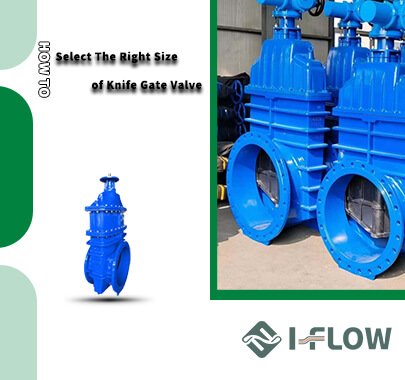When selecting the appropriate check valve for your application, it’s important to consider various factors to ensure the valve fits both your system’s operational requirements and the specific challenges of your environment. A check valve is designed to allow flow in one direction while preventing reverse flow, thereby protecting your system from potential damage caused by backflow, contamination, and other operational issues. Choosing the right check valve ensures that you maintain system efficiency, safety, and reliability.
Common Types of Check Valves and Their Applications
1. Swing Check Valve
Working Mechanism: This type features a hinged disc that swings open when fluid flows in the correct direction. When the flow reverses, the disc swings back and seals the valve.
Best for: Low to medium-pressure systems with steady flow. Commonly used in water and wastewater systems, heating, and cooling applications.
Pros: Simple and cost-effective, providing reliable service for less demanding applications.
Cons: They can cause pressure drop and may not be ideal for high-velocity or fluctuating flow conditions.
2. Ball Check Valve
Working Mechanism: A ball inside the valve is pushed by the flow to open the valve and moves back to close it when flow stops or reverses.
Best for: Low to medium pressure applications, often in small to medium-sized pipelines.
Pros: Compact design, works well in limited space, and offers simple maintenance.
Cons: May not be suitable for higher pressures or temperatures; ball wear can occur over time.
3. Spring-Loaded Check Valve
Working Mechanism: Uses a spring to force the valve shut when the flow stops. The valve opens as the fluid pressure overcomes the spring tension.
Best for: Applications with variable or intermittent flow conditions.
Pros: Responds quickly to changing pressures, suitable for systems with fluctuating flow.
Cons: Higher maintenance requirements due to the spring mechanism.
4. Lift Check Valve
Working Mechanism: Uses a disc or poppet that moves vertically to open and close the valve. It’s often used in systems where the valve is mounted vertically.
Best for: Systems with high pressures and where backflow prevention is critical, such as in vertical pipelines and small-to-medium systems.
Pros: Simple and reliable, ideal for high-pressure applications.
Cons: May create more resistance to flow than other types, leading to pressure loss.
5. Tilting Disc Check Valve
Working Mechanism: A disc tilts away from the valve seat to allow fluid flow, and returns to seal the valve when flow stops.
Best for: High-flow, high-pressure systems with larger diameters, such as water treatment plants, large industrial pipelines, and power stations.
Pros: Excellent for high-velocity applications, reduces flow resistance.
Cons: More expensive and complex, requires regular maintenance.
Material Selection for Your Check Valve
Stainless Steel: Resistant to corrosion and high temperatures, ideal for aggressive and sanitary applications, such as pharmaceuticals and food processing.
Cast Iron: A more affordable option, suitable for water and sewage applications.
Brass: Common in smaller systems and for low-pressure water, air, or gas applications.
PVC or Plastic: Best for light-duty systems and non-corrosive, low-pressure fluids.
How to Select the Right Check Valve for Your Application
1. Pressure and Temperature Rating
Ensure that the valve’s pressure and temperature ratings align with the operational conditions of your system. Using a valve that can withstand higher-than-expected pressure or temperature fluctuations will prevent premature failure.
2. Valve Size and Piping Configuration
The valve must match the size of your pipe and the specific configuration of your system. Some valves, like the wafer check valve, are more space-efficient and suited for tight installations, while others, like the flanged check valve, are more appropriate for larger pipes.
3. Maintenance Needs
Valves with moving parts, such as swing check valves and ball check valves, require periodic inspection and maintenance. On the other hand, tilting disc valves and diaphragm check valves may have less frequent maintenance requirements, though they may come at a higher upfront cost.
4. Installation and Orientation
Some check valves, like ball check valves and lift check valves, require a specific installation orientation (e.g., vertical installation). Ensure that the valve type you select can be installed in your existing system configuration.
Troubleshooting Common Check Valve Issues
Backflow: If the valve fails to prevent backflow, check for faulty seals, worn-out parts, or incorrect installation.
Sticking: If the valve does not open or close properly, it may be clogged with debris, or the spring (in spring-loaded models) may need adjustment or replacement.
Corrosion: For fluids that are particularly corrosive, ensure the valve is made from materials resistant to chemical attack, or consider using coatings for extra protection.

.png)
 en |
en |














